Retro Replay Review
Gameplay
From the moment you step into Lazarus’s launch chamber, the game’s methodical pace and methodical puzzle design become apparent. Your primary mission is straightforward: collect five unique items scattered across five discrete levels, each introduced via a teleportation code that you input into the nearby console. Unlike modern side-scrollers, levels are segmented into static screens, demanding careful observation of each area before progressing. This design choice fosters a deliberate exploration style, where patience and pattern recognition are key to survival.
Obstacles abound in these confined screens. Electric barriers zap you for a chunk of life if you get too close, and any contact with water results in an instant death, forcing you to memorize safe paths and plan jumps with precision. Enemies escalate the tension: two types of robots—one blue, one pink—appear shortly after you enter a new screen, dropping from above and patrolling left to right. While they wander mindlessly, their timing and drop points can still catch you off guard, making each encounter a mini-puzzle of positioning and timing.
Shooting these robots is satisfying yet demanding. Your standard-issue gun offers limited ammo, so you’ll want to pick your shots wisely. Defeating an enemy sometimes yields a health or ammo bonus, adding a risk-reward layer: do you pursue that last robot on a narrow ledge or conserve ammo for later? The cycle of exploring static screens, dispatching foes, and scouring every nook for teleport codes creates a tight, engaging loop that rewards careful play and exploration.
Graphics
Lazarus embraces a classic, 8-bit aesthetic that feels both nostalgic and functional. Sprites are crisply defined against dark, industrial backdrops, making it easy to distinguish hazards like electrified grids and lethal pools of water. The color palette relies heavily on gritty metallic grays offset by the bright blue and pink of the robot adversaries, ensuring that threats always stand out in the environment.
Each screen’s static presentation allows for detailed pixel art backgrounds without taxing performance, and even minor environmental details—rusty pipes, flickering consoles, and distant machinery—add to the atmosphere. Transitions between screens are instant, reinforcing the sense of entering new, self-contained challenges rather than a continuous world, which underscores the game’s focus on puzzle-like progression over fluid exploration.
Animation is minimal but effective: robots drop into view with a quick descent, sparks fly from electric barriers, and small muzzle flashes punctuate your gunfire. While there is no flashy parallax scrolling or dynamic lighting, the choppy, deliberate visuals complement Lazarus’s measured gameplay. Overall, the graphics deliver a cohesive retro experience that will feel right at home on vintage hardware or modern indie showcases alike.
Story
Storytelling in Lazarus is lean and to the point. You are a lone soldier sent into a mysterious, high-security facility to recover five critical artifacts. Beyond the initial briefing—delivered as text when you first venture right from the starting chamber—there are no cutscenes or lengthy dialogues. The narrative unfolds implicitly through level design and the ever-present threat of environmental hazards and robotic sentries.
This minimalist approach places emphasis squarely on gameplay, but it still evokes a sense of purpose: each item you collect feels like a step closer to understanding the facility’s secrets. Scattered logs or brief message prompts could have fleshed out the lore, yet the game’s skeletal story framework compels you to supply your own context, turning the mission into a personal venture of survival and discovery.
As a result, the story functions more as a motivator than a focal point. While you won’t find intricate plot twists or character arcs, the premise of “infiltrate and escape with the artifacts” provides sufficient stakes. The sparse narrative can be a refreshing change for players tired of overblown backstories, though those craving deeper world-building might find it wanting.
Overall Experience
Lazarus delivers a tightly focused platforming adventure that harkens back to early console titles while injecting enough modern design sensibilities to keep things engaging. Its static-screen levels, precise obstacle layouts, and simple yet punishing enemy encounters combine to offer a challenging but fair experience. Each successful run through a level brings a genuine sense of accomplishment, especially when navigating water hazards or timing your jumps past electric barriers.
Some may find the lack of a scrolling world or elaborate story limiting, but these same traits give Lazarus its charm. The game respects your time by letting you tackle one screen at a time, making each short session feel meaningful. Replay value comes from mastering each level’s layout and discovering the most efficient routes to the exit teleporter, especially as you learn to conserve ammo and health bonuses.
In the end, Lazarus stands out as a lean, well-crafted platformer for players who appreciate methodical exploration and classic challenge. While it may not cater to those seeking narrative depth or graphical flourishes, it succeeds in delivering an old-school test of skill and patience. If you’re eager for a disciplined, screen-by-screen platform experience with tightly tuned obstacles and enemy mechanics, Lazarus is ready to welcome you into its electrified halls.
 Retro Replay Retro Replay gaming reviews, news, emulation, geek stuff and more!
Retro Replay Retro Replay gaming reviews, news, emulation, geek stuff and more!
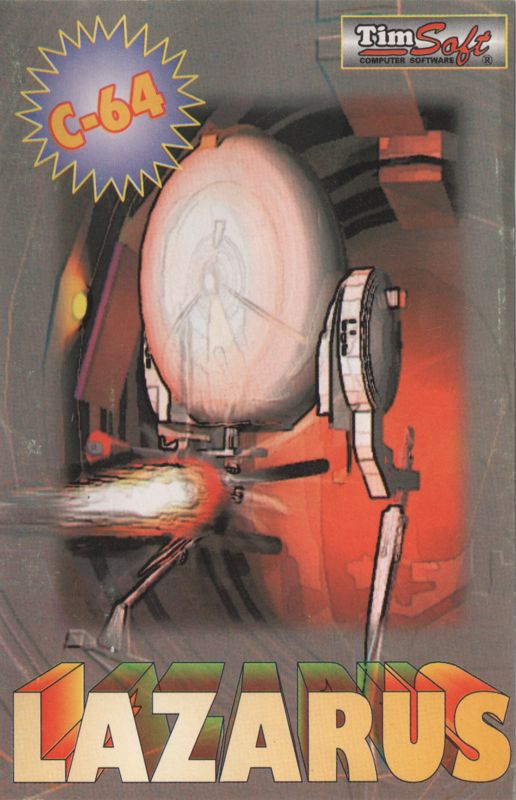
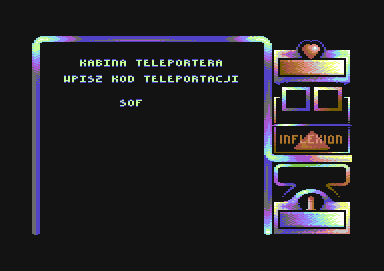
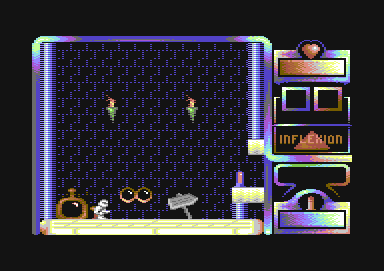
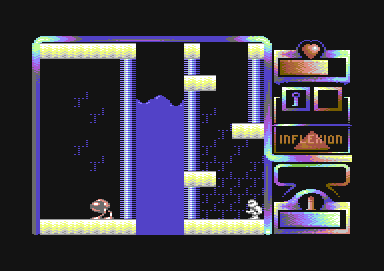
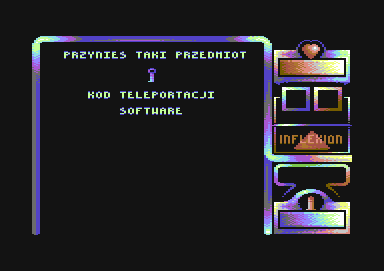
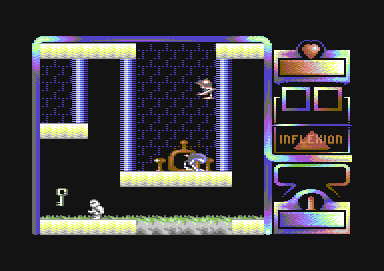



Reviews
There are no reviews yet.